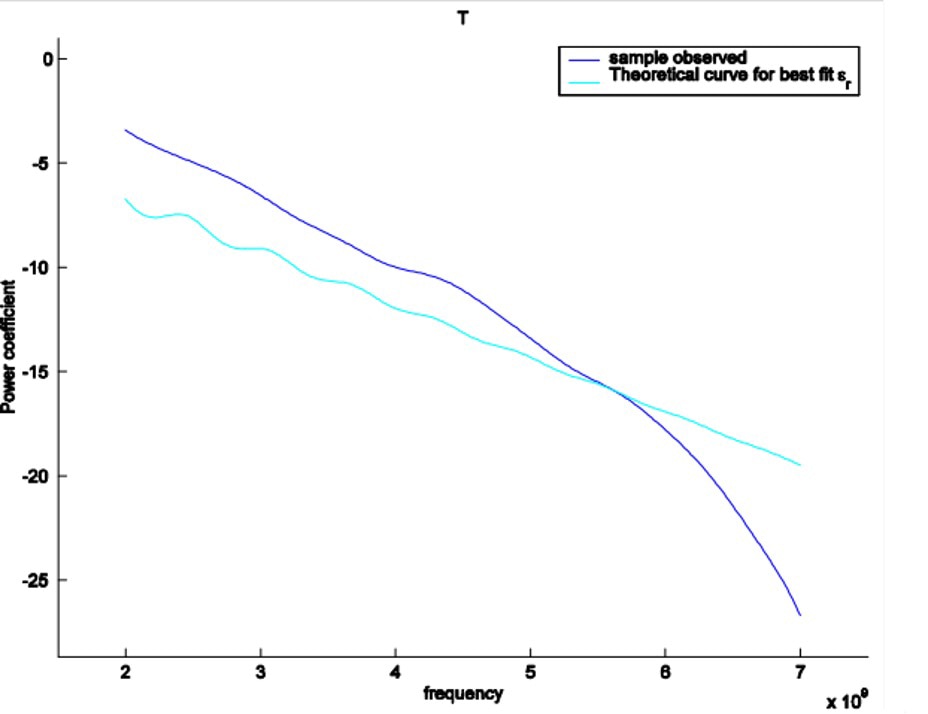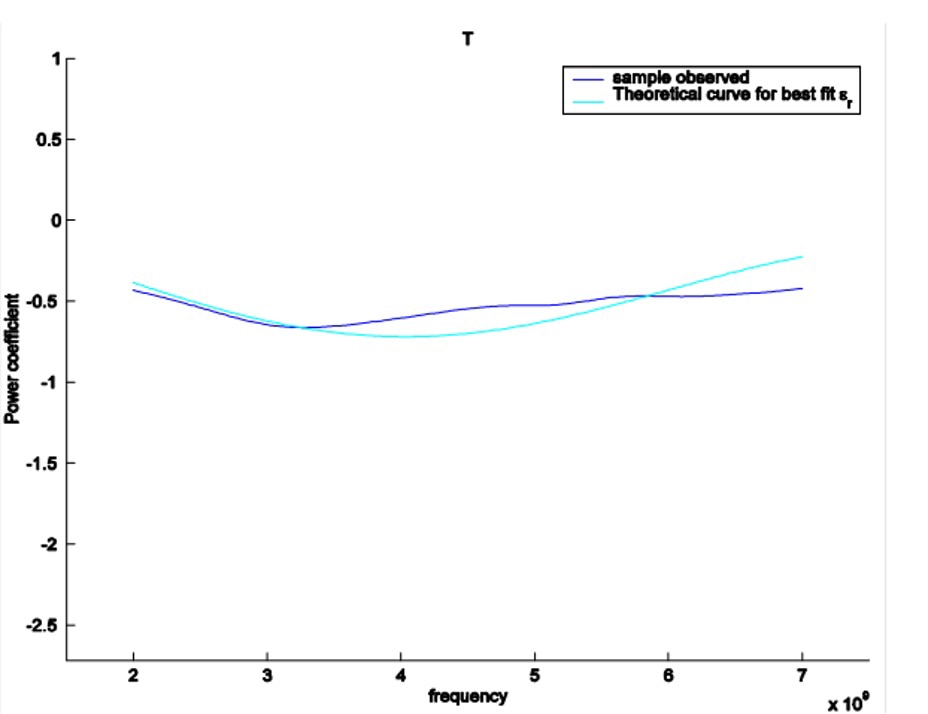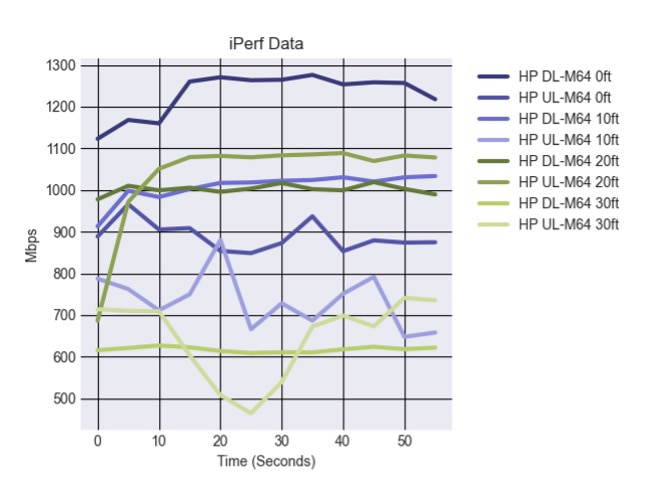February 02, 2023
Upgrading to Wi-Fi 6E? Consider These Design Issues
There are several factors to keep in mind when adding 6 GHz to the Wi-Fi network.
With Wi-Fi 6 firmly established, the next logical step for wireless network upgrades is Wi-Fi 6E. Although nearly identical to Wi-Fi 6, Wi-Fi 6E adds 1200 MHz of spectrum. What are the implications? Adding a new frequency band necessitates adding a new radio, which means swapping dual-band access points (APs) for tri-band APs.
AP location, radio frequency plan and wired infrastructure all play a role in how to adopt the new standard.
AP Placement
In existing wireless networks, a tri-band AP can replace an older AP and may be mounted in the same location. Many in the industry recommend this approach; however, this is based on certain assumptions about where the wireless local area network (WLAN) operates, namely that it’s in a modern, open-office environment.
Modern enterprise WLAN designs target coverage around 1,800 square feet (170 square meters). In such environments, a one-to-one replacement should provide similar coverage for 6 GHz radios as for 2.4 GHz and 5 GHz.
For existing wireless networks in more complicated environments, such as manufacturing, logistics, healthcare, etc., the AP swapping strategy may not work. Construction materials reduce the received signal of Wi-Fi transmissions, reducing the effective service area of the AP. This reduction of signals in various materials is frequency dependent and non-linear.
For example, the graph below, from a study performed in 2002, shows received power against frequency for common bricks. The tested frequency range includes all three Wi-Fi bands.

A proper WLAN design for 2.4 GHz and 5 GHz would account for the significant loss difference between these two bands. The power loss is graphed on a logarithmic scale; the loss for 5 GHz is about four times the loss for 2.4 GHz. The difference across the 6 GHz band is even greater than the difference between the two lower bands, about 10 times the loss at 7 GHz vs 6 GHz. Existing AP placements wouldn’t provide the same coverage for all three radios.
The next graph is from the same study, and reflects half-inch drywall. The loss is essentially uniform across the entire tested spectrum.

Depending on the business needs, it may not be necessary to have the same coverage for all radios in an AP, especially in the early days of a new standard. Having ubiquitous coverage in 2.4 GHz and 5 GHz can provide the roaming mobility required, while 6 GHz can provide improved performance in covered areas.
Many Wi-Fi professionals and even common users have developed significant intuition about how Wi-Fi networks perform. Yet, the preceding graphs shows how that intuition may not be reliable as we expand into 6 GHz. The key takeaway here is that actual measurement always provides the best path to a properly designed and well-functioning WLAN.
Wired Capacity
The new frequency band allows for more bandwidth over the air, with 80 MHz channels standard and even 160 MHz channels not uncommon. However, improved performance over the air may require additional speed on the wire. Even average clients can now push gigabit ethernet to its limit, as shown by the graph below.

6 GHz radio with 160 MHz channel and 2x2:2 client
Clearly, the new channel bonding options will require moving beyond gigabit ethernet, but this is still just one radio out of three. The deployment strategy for the other two bands may determine which type of multi-gigabit ethernet switches need to be deployed. Two spatial stream clients using 80 MHz channels on both 5 and 6 GHz should work with 2.5 Gb/s links, but four stream clients or 160 MHz channels on 6 GHz would require 5 Gb/s or link aggregation.
Increased traffic at the edge will undoubtedly have a distant destination, so edge to distribution uplinks may need to be re-evaluated as well.
With ever more throughput hungry devices and applications such as virtual reality, mutligigabit speed will soon be a requirement. If you’re using gigabit links for APs, the move to Wi-Fi 6E is the perfect time to consider upgrading your switching.
Power Requirements
Three radios require more power, so most new APs will be designed expecting PoE++ ( 802.3bt), delivering 60 W per port. Additionally, Bluetooth, GPS, environmental sensors and other hardware are being incorporated into the latest APs. So, while some APs may be able run with reduced functionality on older PoE, consider all the features available before making switch upgrade decisions. In some instances, partial upgrades may be sufficient to get needed functionality in certain areas.
Total switch power should be considered, especially as more network clients become wireless only.
How CDW Can Help
When planning an upgrade to Wi-Fi 6E, organizations may want to enlist the aid of a trusted partner with expertise in such efforts. CDW can help organizations optimize their wireless upgrades with services such as:
- Site survey – A wireless site survey helps identify the best spots to place wireless access points for optimal efficiency, reliability and performance.
- Network assessment – Through this engagement, a CDW expert examines an organization’s current network operations to see what upgrades may be needed.
- Network design – CDW wireless engineers help organizations design and build high-performance, dependable wireless networks.
Story by Joe Arnold. Joe Arnold is a senior technical architect for CDW with a focus on wireless enterprise networking. In his role, Joe helps guide network strategy and enablement for CDW’s network engineers, as well as driving best practices and adoption of wireless networking. Joe has been at CDW for more than a decade, first as a delivery engineer and then as a technical lead before becoming a technical architect.